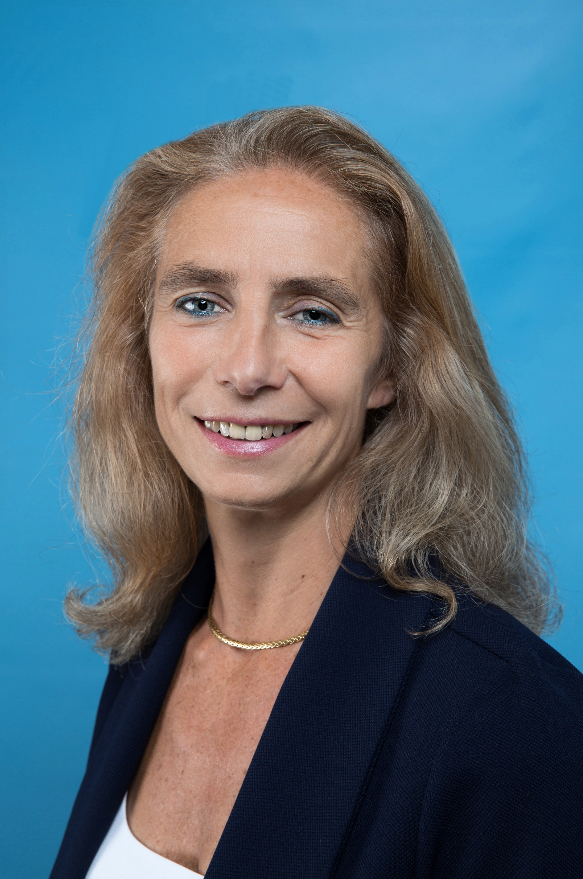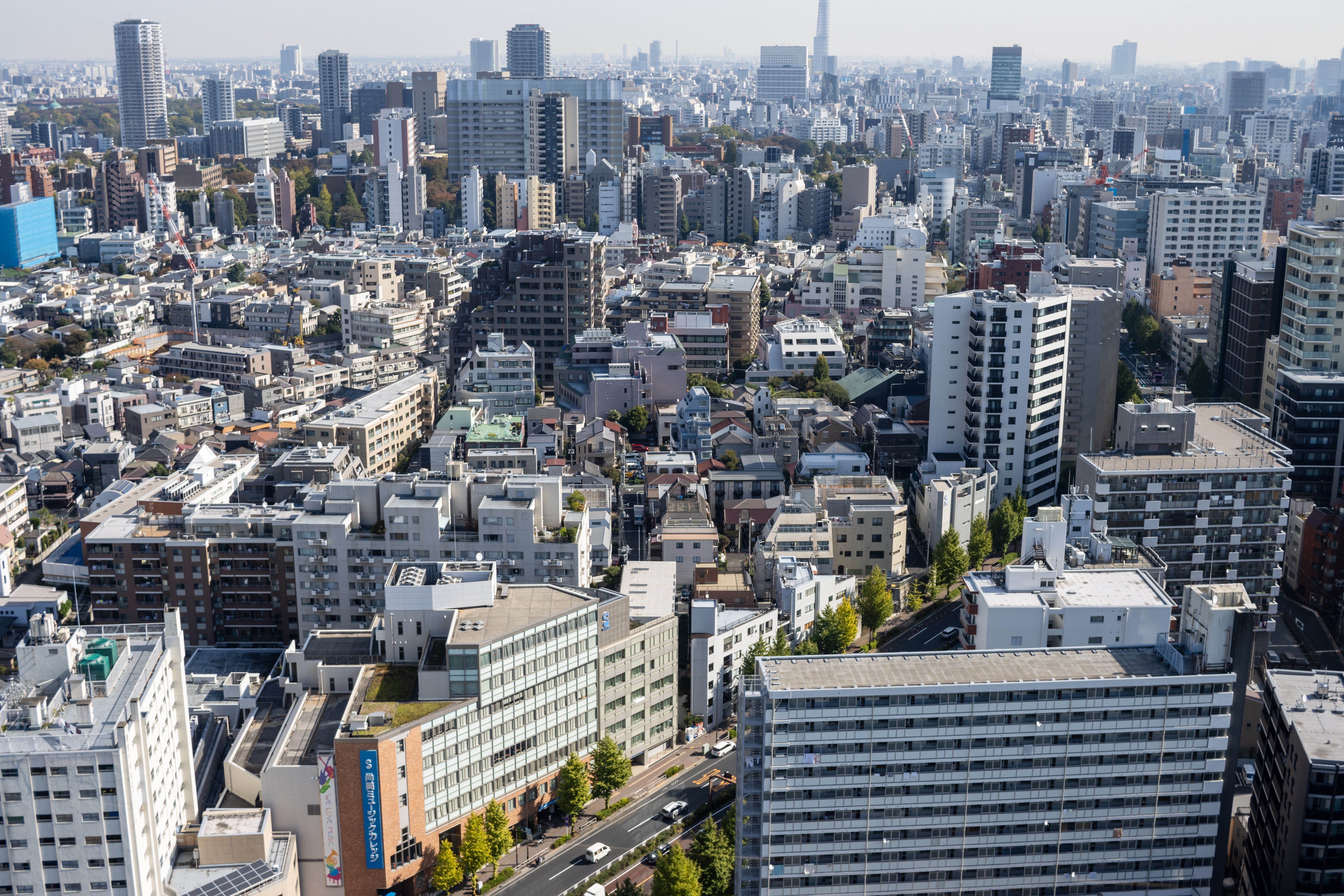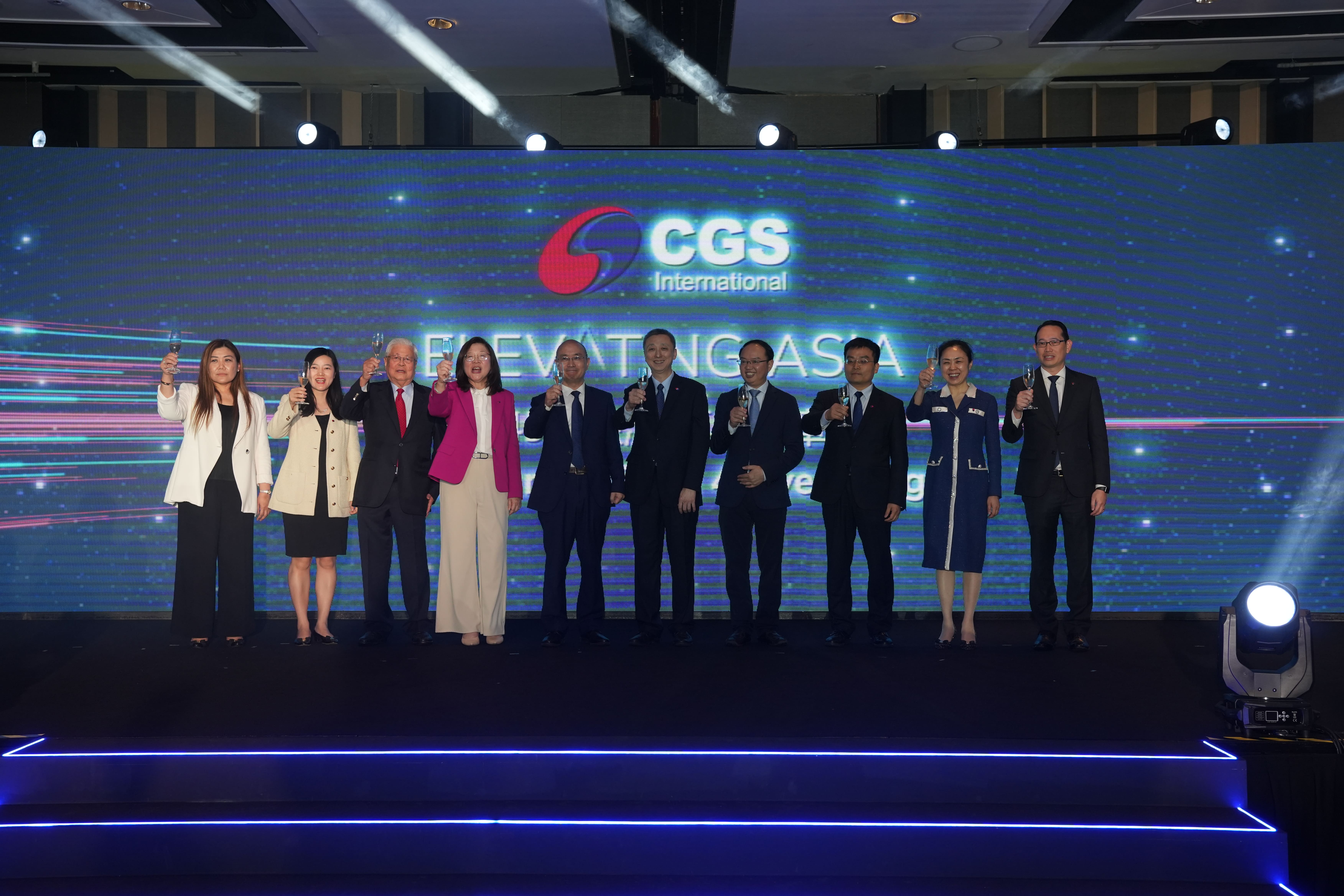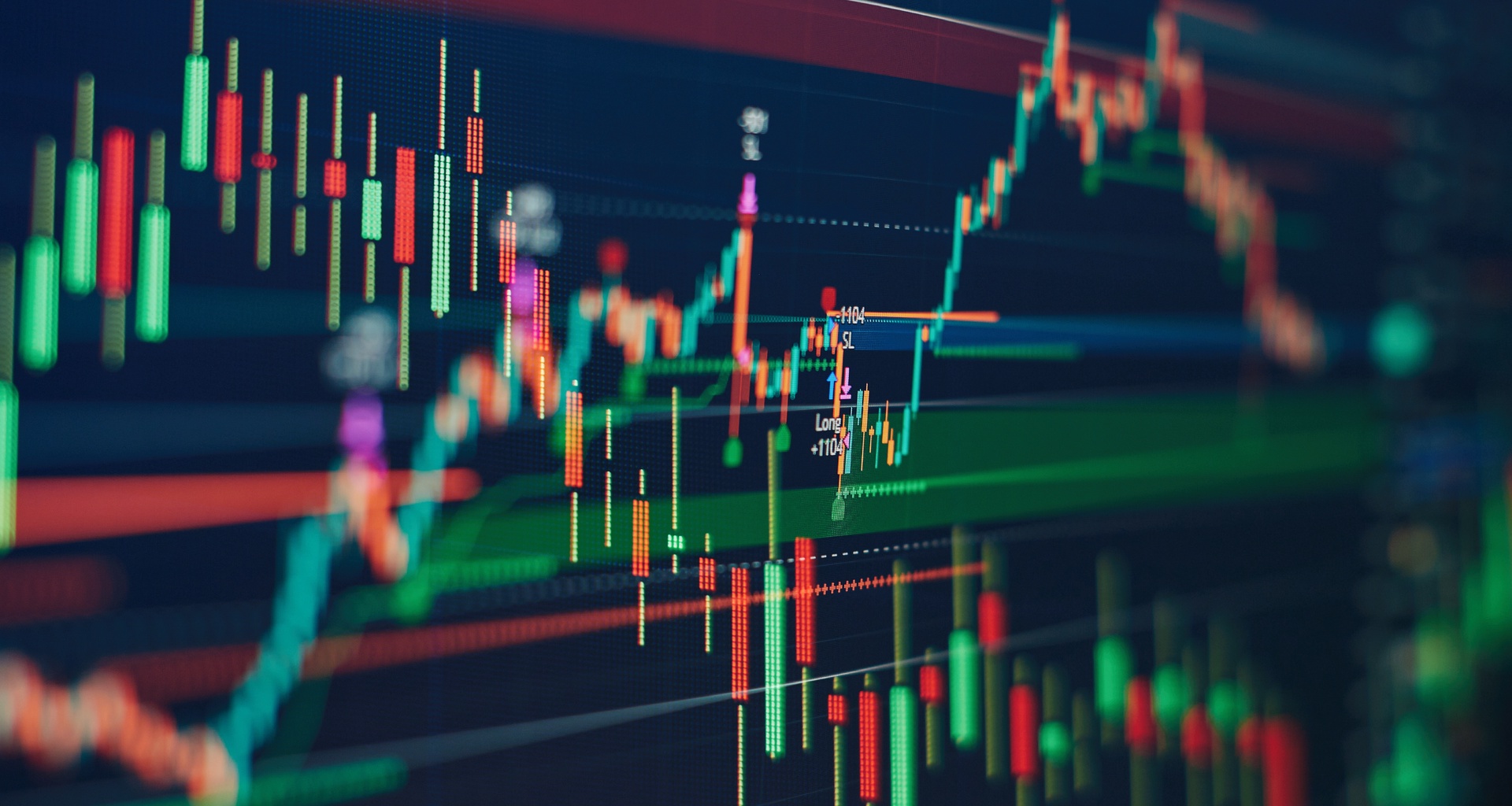
Isabelle de Malherbe, Paris-based head of Product Specialists, Structured Solutions at Amundi Asset Management
It used to be that capital guaranteed funds were quite popular among financial institutions and retail investors who were happy to take on low risks for low returns or even “risk-free returns.”
However, zero interest rates have been prevailing in many parts of the world for a number of years. Yields are actually negative in some places, particularly in Europe and Japan.
“This implies the money in your cash account is not giving you a risk-free return but is sometimes giving you a risk-free loss like in euro or in yen for example. There is no risk-free return anymore in some countries,” says Isabelle de Malherbe, Paris-based head of Product Specialists, Structured Solutions at Amundi Asset Management. Malherbe’s team creates, designs, and structures tailor-made solutions which fit market conditions as well as investors’ requirements.
Under the current market conditions, a single-asset guaranteed fund offering 100% capital protection would find it difficult, if not impossible, to generate additional net returns. But a multi-asset portfolio with a well-diversified asset allocation strategy can generate sufficient returns to be able to offer some capital protection plus some net return.
With this strategy, Amundi has produced an investment solution that can offer some level of capital protection as well as generate returns under the current market environment.
The investment solution invests in various government bonds, including US dollar bonds, euro bonds, and yen bonds, which are considered risk free assets. This allows it to generate sufficient return that can offer some level of capital protection as well as generate some net return.
The level of capital protection or guarantee offered by Amundi’s investment solution depends on the maturity of the underlying bonds as well as the prevailing interest rate.
“To offer the protection, our risk-free assets are usually government bonds or money market instruments. For example, if we have a 5-year guarantee, our risk-free instruments are 5-year government bonds. So if the 5-year government bonds have zero return, like in yen or in euro, there’s no way we can guarantee 100%. But if we have 2.5% return on the 5-year bonds, like in US dollars, we can offer 100% protection and still have room for taking risk or generating additional return. It really depends on what is the risk-free rate in the given maturity,” Malherbe explains.
On January 9 2017, Amundi launched the Hong Kong-domiciled Global Dynamic Allocation Protect 90 Fund, which provides a 90% capital protection on investors’ money calculated at the highest historic net asset value of the fund.
“What we have is a multi-asset product with a very diversified asset allocation. We are offering to take some moderate risk to generate a return but to reassure investors, we will always protect at least 90% of the investment,” says Malherbe.
Amundi’s total assets under management (AUM) for the capital protection strategy is approximately US$8.4 billion while AUM for the Amundi Global Dynamic Allocation Protect 90 Fund in Hong Kong is US$31 million as of end June 2018.
In Japan the capital protection strategy has been successful in the last two years particularly in 2017 because it fits the needs of Japanese investors. The population is aging, the Japanese are very conservative investors, and they still keep a significant portion of their savings in cash accounts providing zero return.
Amundi has launched two funds with this strategy in Japan. The first fund, distributed by the local banks, has assets of 145 billion yen (US$1.3 billion) as of end May 2018. The second fund was launched with SMBC, one of the Japanese megabanks, which now have assets of 235 billion yen.








